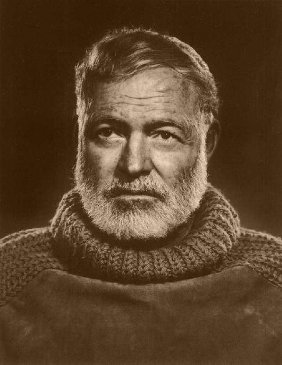“Back in the old days this was one of the few good, solid bars, and there was an ex-pug who used to come in with a pet lion. He’d stand at the bar here and the lion would stand here beside him. He was a very nice lion with good manners – no growls or roars – but, as lions will, he occasionally shit on the floor. This, of course, had a rather adverse effect on the trade and, as politely as he could, Harry asked the ex-pug not to bring the lion around anymore. But the next day the pug was back with the lion, lion dropped another load, drinkers dispersed, Harry again made the request. The third day, same thing. Realizing it was do or die for poor Harry’s business, this time when the lion let go, I went over, picked up the pug, who had been a welterweight, carried him outside and threw him in the street. Then I came back and grabbed the lion’s mane and hustled him out of here. Out on the sidewalk, the lion gave me a look, but he went quietly.” -Papa Hemingway
In Hemingway’s biography, Hotchner accepts this and other tales without question, noting that every time he questioned the truth of such a tale, Hemingway would somehow produce photographs or other corroborating evidence to support his claims.
